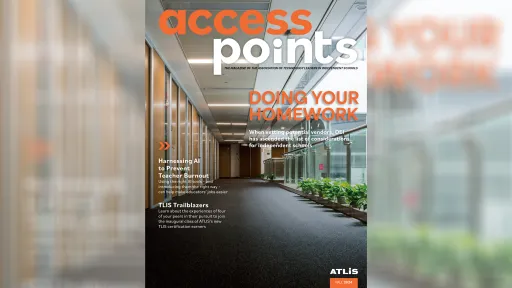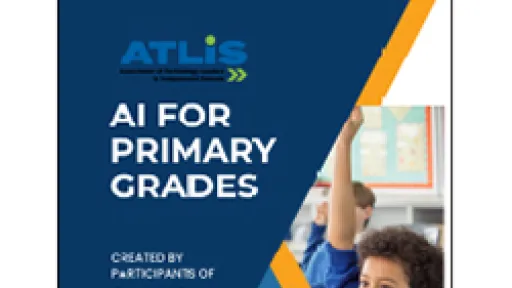We can talk all day about how AI will make teachers’ jobs easier, but they need solid ideas for exactly what it can do for them. Here are examples of concrete tasks and projects AI can handle for educators.
Automated Grading and Feedback
Some AI platforms can grade essays, quizzes, and tests quickly — and without the bias and subjectivity we humans often bring to our evaluations. For example, Copyleaks’ AI grader analyzes a batch of human-graded papers, then uses the same criteria to quickly grade papers in bulk.
Curriculum Mapping and Lesson Planning
Cindy Blackburn, director of learning and engagement at Toddle, reported that developing curriculum and lesson plans is the biggest chore teachers face. AI, she said, can help “create pedagogically sound curriculum and responsive, beautiful, engaging, inquiry-based lessons.”
“We’re moving more toward a model where the teachers become curators of an exhibit,” added Kevin Merges, Ed.D., chief global impact officer at Saddle River Day School in Saddle River, New Jersey. “They’re curating information to get to the students so they have a great experience. We believe AI is the actual flipped classroom we’ve been talking about for 20 years.”
Shoring up Weaker Areas of Knowledge
Teachers in the lower grades need to be a master of many disciplines, from history to science.
“AI provides opportunities for faculty who say, for example, ‘I love teaching fourth graders to love reading, but math is not my strongest area,’” said Olexio. “They can use AI as a personalized individual tutor for specific lessons. It’s a resource for faculty to come up with creative ways to be more confident teaching content where they may not be the strongest.”
Writing Student Reports
Writing up comments on the progress and behavior of each student twice a year can be quite a chore.
“A typical high school teacher may have anywhere from 50 to 70 students,” said Olexio. “That’s a lot to write. So, we’ve had some faculty use AI to assist in their process.”
They simply give ChatGPT a list of highlights about a student (though never identifying students by name or other personal identifiers for privacy reasons). Then, they ask the tool to write, say, a warm, six- to eight-sentence report based on that information. Once ChatGPT writes up the comments, the teacher can edit as needed — again, using the AI as a jumping-off point.
This article is a sidebar for:




